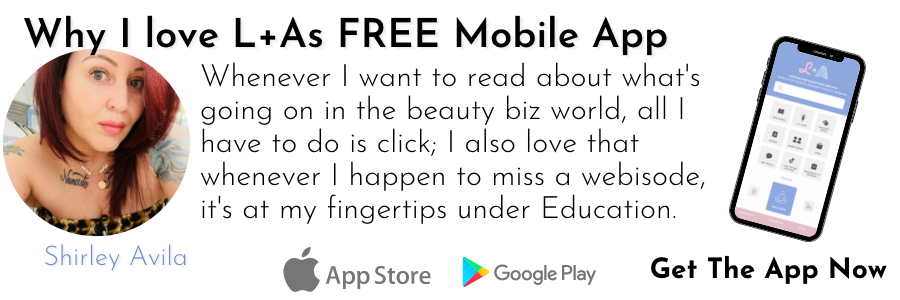Ice globes
Cool ice gloves can help to eliminate inflamed skin, redness, and can calm the skin after waxing, peels, microdermabrasion, extractions, and electrolysis. While these services may not be an option during cancer treatment, people sometimes experience puffy eyes, headaches, swelling, and bruising so ice globes can provide some added benefits by stimulating the microcirculation and therefore help to oxygenate the skin.
Many drugs and radiation to the head and neck can cause changes to the eyes or ability to see, including blurred vision, seeing halos, loss of areas of sight, headaches, dry eyes, tearing, light sensitivity, or itching. Some problems might be eased by simple measures: eyelid massage, steroid/ antibiotic combinations, ice packs, artificial tears, warm compresses and electing not to wear contact lenses. Estheticians can use the ice globes to massage the eyelids to help drain and soothe the skin.
Itchy skin can benefit from cooling. Apply cool cryogel polymer patches to the skin, and the ice globes can be gently glided over itchy areas.
Estheticians trained to drain areas of swelling or inflammation can use ice globes for a successful outcome. This tool provides a welcome relief to people whose skin is reactive and inflamed as a result of cancer or cancer treatment.
3 Uses of Cryogel Polymer Patches
An after-care treatment for salon/spa and at home for clients post laser, dermabrasion, dermal fillers, micro-needling, threading, peels, tattooing or tattoo removal, acne, rosacea, dermatitis, and other skin-related irritations.
Read More Oncology Aesthetics®
Morag Currin is a monthly featured guest blogger. She has an entire library of content on Oncology Aesthetics® here at Lipgloss + Aftershave.
Watch Webisode of L+A Now “Preview of Oncology Aesthetics®”
Watch The Episode On The L+A App!
Download on the App Store or Google Play
Cryogel polymer patches are made using non-toxic pharmaceutical-grade polymer and they have active ingredients formulated into the gels. They are instantly cooling without having them in a refrigerator. These patches are safe for use for both cosmetic and medical procedures and can be used on clients undergoing treatment for cancer as follows:
- Post-surgical procedures
- explorative surgery and diagnostic surgery
- surgical removal of tumors
- reconstructive surgery
Post-surgery, these patches will help to destroy biofilm and kill pathogens that might be protected by the biofilm. They can help to stop bleeding in an acute wound and are considered a potent wound-healing agent
- During and Post Anti-Cancer Drug Therapy Regimens
Skin that has been medically sensitized, red, inflamed and dry from medications can benefit from these patches. These patches will help to hydrate and moisturize the skin plus they are soothing and comforting to the skin.
Certain drugs can cause photosensitivity and skin can easily be burnt when exposed to the sun, so these Cryogel polymer patches can provide cooling and soothing to the area.
- Post Radiation Therapy
Skin radiated from an external source is compromised and erythema (redness) and inflammation can occur during the process of RT. If the client skin becomes ulcerated – to be used once it starts to heal to help prevent infection and scarring.
Estheticians can use and recommend Cryogel polymer patches and can also retail these patches.
CryoPen
The CryoPen is a linear compression cooling technology that does not require handling of dangerous cryogenic gases and liquids which are still being used today in many dermatology offices. The liquid nitrogen sprayer creates divergent jets, covering the skin lesion but also the surrounding tissue. This collateral damage not only causes pain but also limits its application to large lesions (size must be bigger than 5mm). It is necessary to store and transport it in special flasks for safety measures.
The CryoPen offers pin-point precision (therefore resisting serious burns) and a consistent freeze temperature, presents with minimal scarring, and no need for anesthetic. CryoPen is a direct cryosurgical tool, utilizing pressurized liquid nitrous dioxide (N2O, also known as laugh gas). It can bring the spot to a temperature as low as -89°C.
Estheticians do not need a referral for the removal of lentigo, dermatofibroma, seborrheic keratoses, actinic keratosis, skin tags, and more such as superficial viral warts in order to use this too, however, adhere to local state board laws as these may not qualify under your scope of license.
Any skin lesions during cancer treatment would be determined what treatment the client is currently undergoing, and the anticipated outcome.


